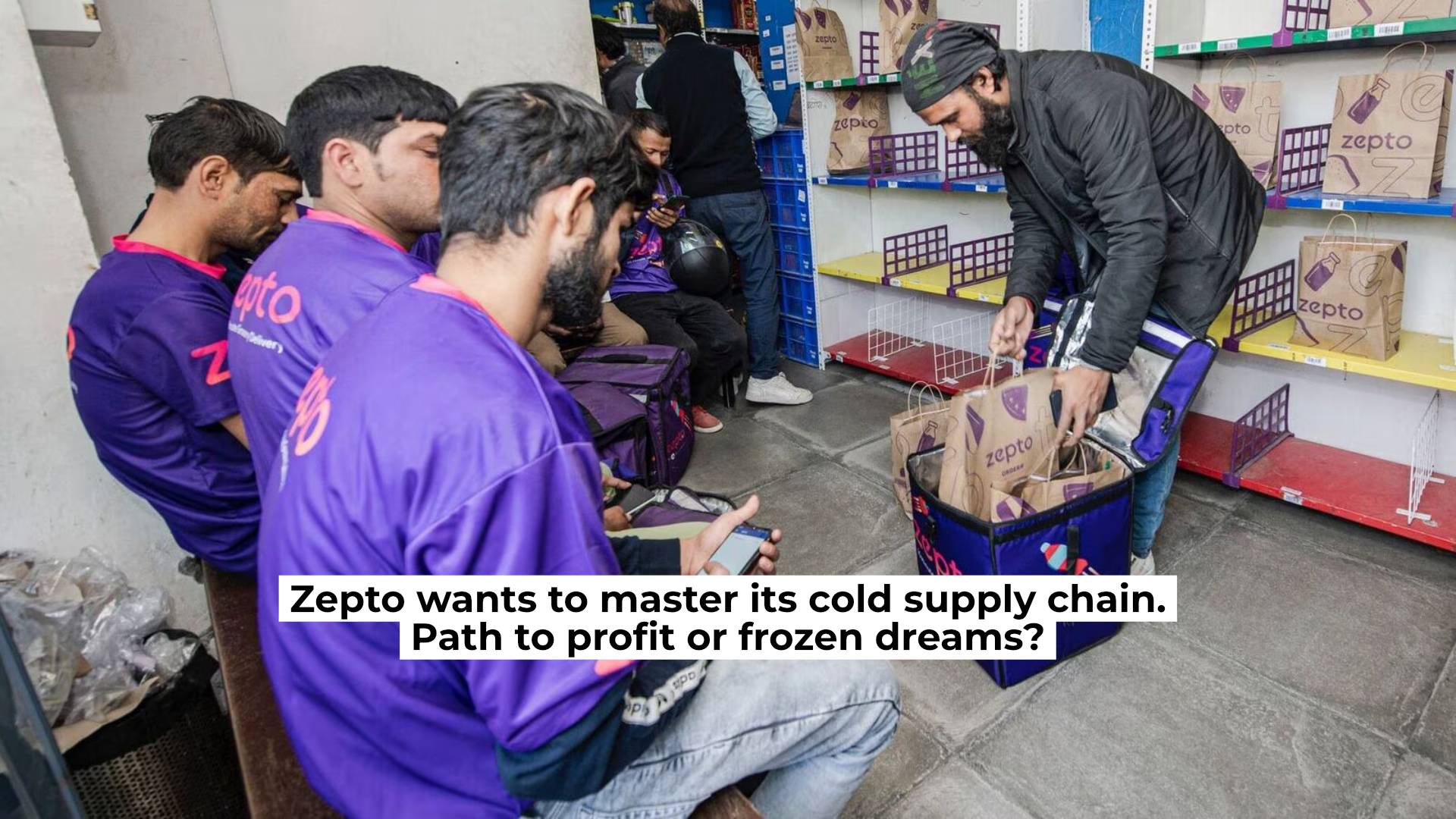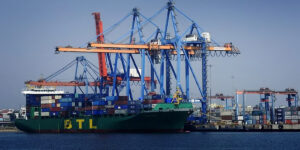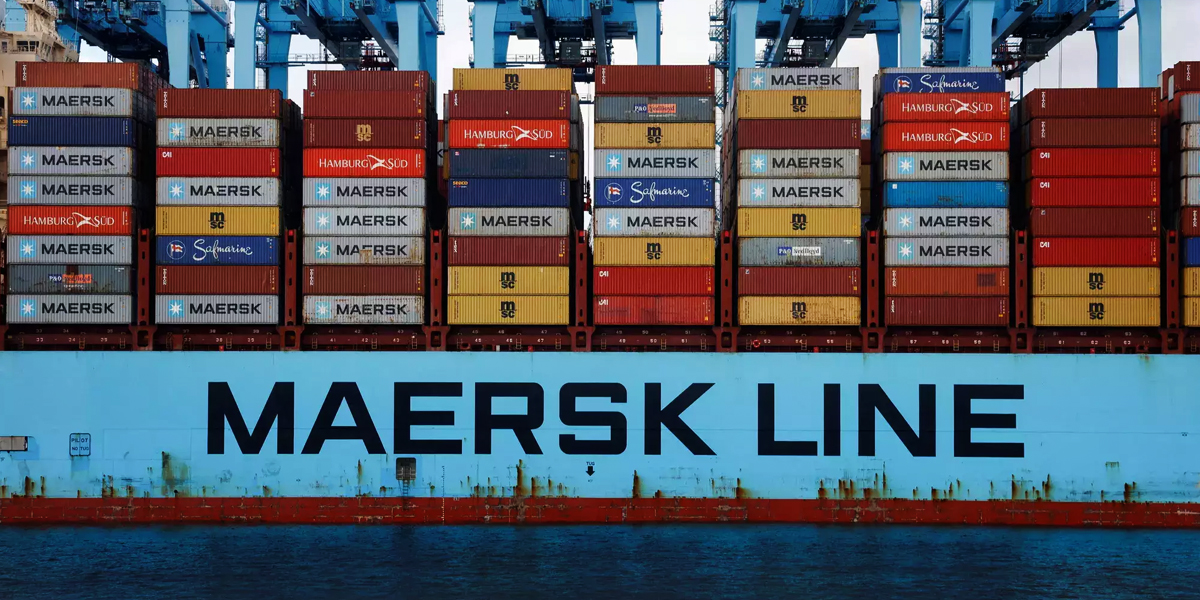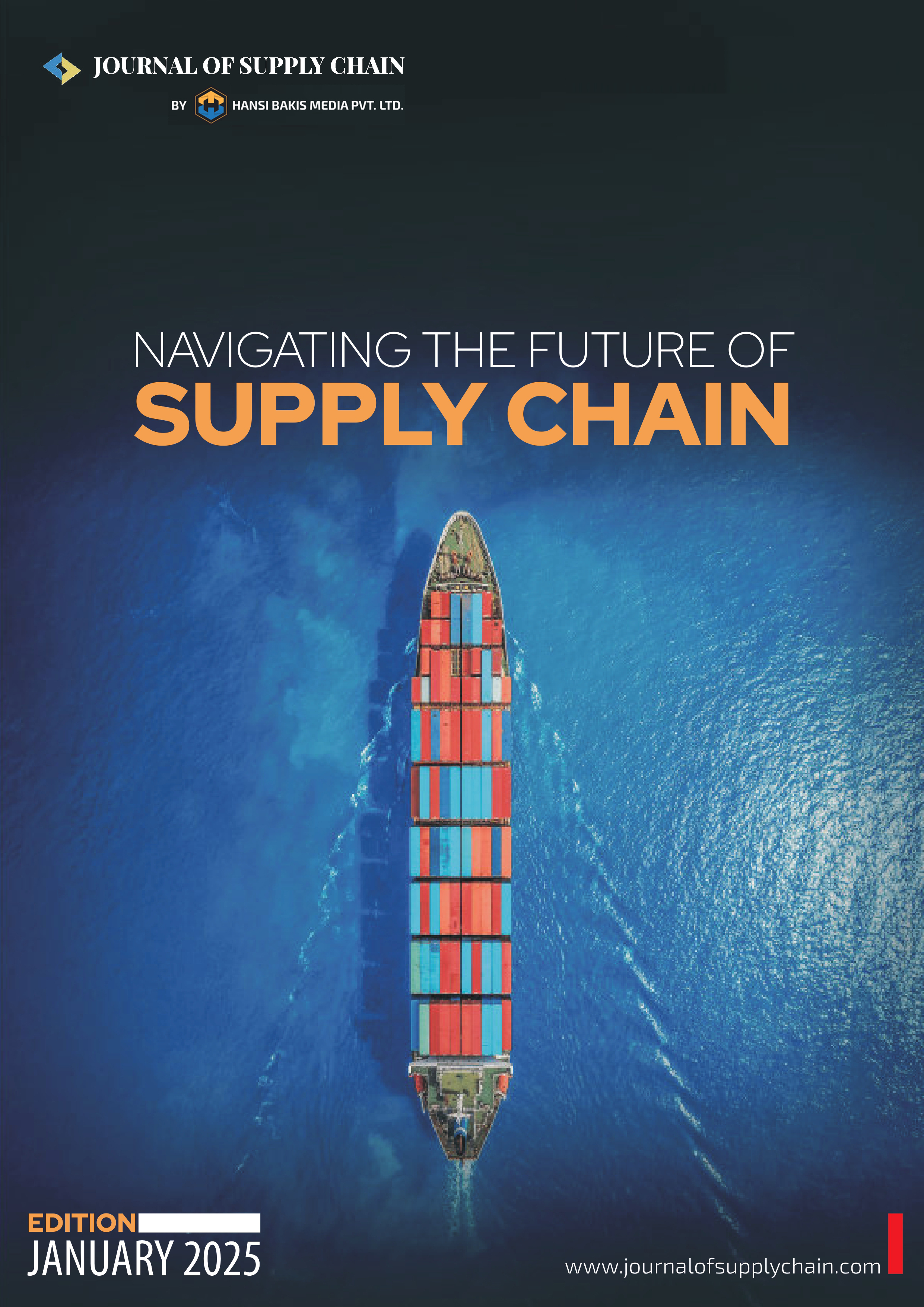Cold chain equipment tender: Centre seeks report from state govt on allegations of irregularitiest
The Union government has directed Maharashtra’s Public Health Department to investigate alleged irregularities in a ₹62-crore tender for cold chain equipment meant for vaccine storage. The controversy centers on claims that the equipment was procured at four to five times the market price, and that the tender process was manipulated to favour select contractors.The tendering process, completed just days before the announcement of the Assembly elections last year, is now under scrutiny following a complaint filed anonymously through the Centralised Public Grievance Redress and Monitoring System (CPGRAMS) on April 18.








